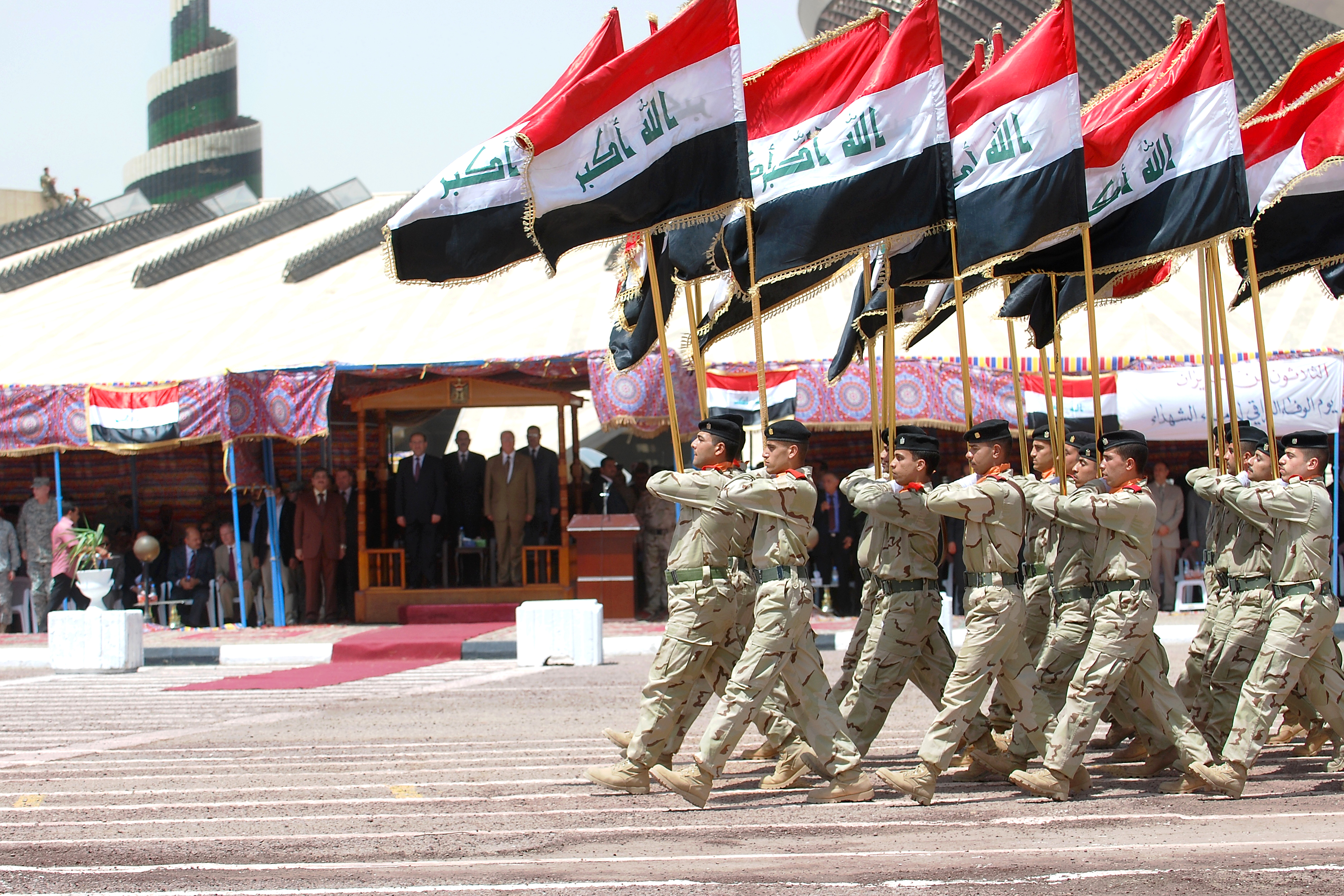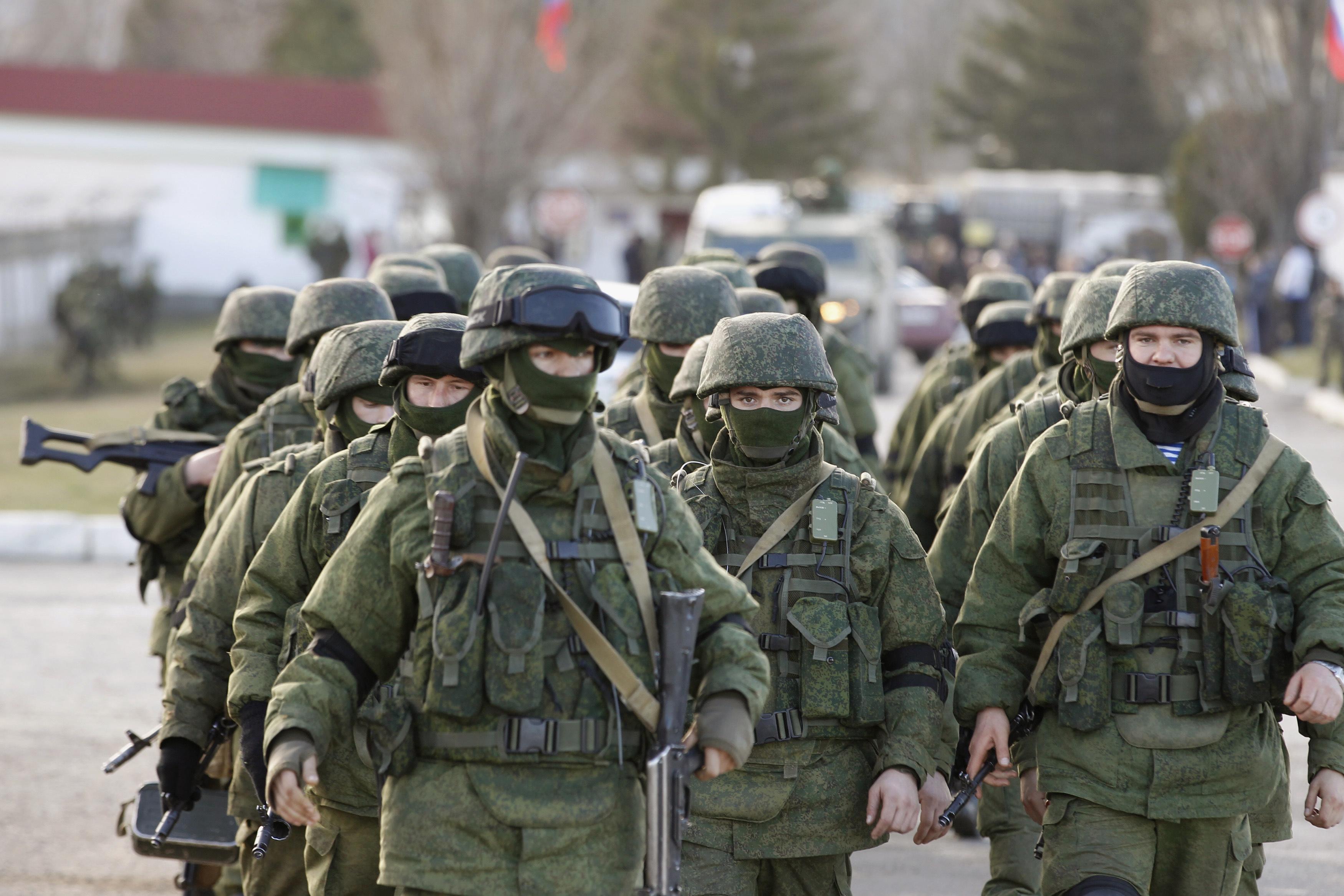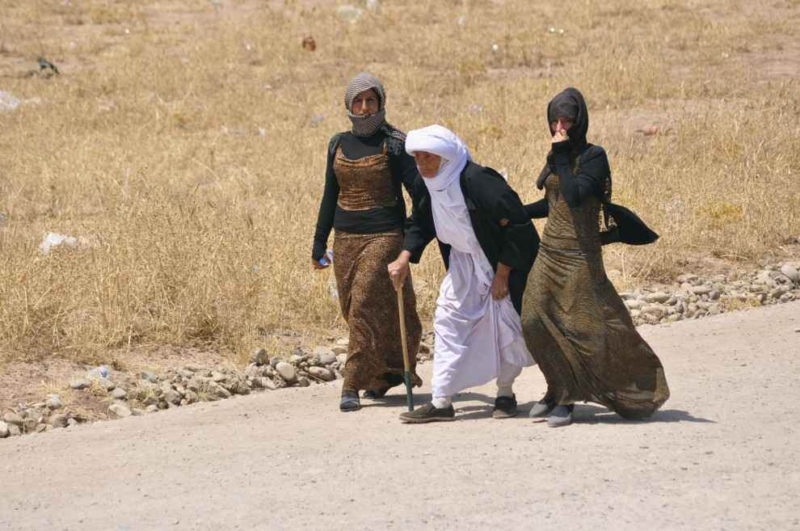With only four months to go before the Obama administration effectively closes its doors, US Secretary of State John Kerry and his Russian counterpart Sergey Lavrov have managed to broker a seven-day ceasefire deal in Syria. The unprecedented deal came into effect on Sept. 12, 2016, which symbolically happens to be the festival of Eid. It is evident that both US and Russia approach the situation with caution, keeping the continuance of the ceasefire conditional and to be extended every 48 hours at a time. After two consecutive extensions, the fragile ceasefire is reported to be holding “by and large”. This, despite accusations between Russia and USA about ceasefire violations. The move to begin a “cessation of all hostilities” is multi-faceted and asymmetrically, benefits most parties involved in the five-year Syrian civil war.
According to the agreement, if it holds for a week, US and Russia will ally themselves to fight against common threats such as ISIS and former Al-Nusra group, Jabet Fateh Al Sham. If this were to happen, it will be the first time in recent history for US and Russia to fight alongside each other. After a “period of reduced violence”, the goal is to transition into a political resolution of the conflict. Furthermore, the deal will also help manage the growing humanitarian crisis on the ground. The ceasefire is crucial in providing aid to towns and villages besieged by different groups, living under blockades without proper food or water. For example, this ceasefire could be lifesaving for the city of Aleppo, a heavily contested battleground between pro-government and opposition forces since 2012. The deal essentially provides a short time to stop the fighting between multiple factions that fight against the Syrian Government, ISIS and other rebel groups.
Even though the war began to counter President Assad’s oppression, it has evolved into a large scale civil war with multiple groups fighting to gain power. The situation is further complicated by international powers’ covertly and overtly supporting different groups. The international players include USA, Russia, Turkey, Iran, Saudi Arabia and its gulf allies as well as non-state actors like People’s Protection Units (YPG) and Hezbollah who have picked opposing sides to contribute to the war. The war has grown to a scale where the entire Middle-Eastern stability is in question. It is often said to be the bloodiest conflict in recent times with an ever-growing refugee crisis. It is estimated that 6.6 million people are internally displaced in Syria and a study shows that 1 in 13 people is a Syrian refugee.
While the humanitarian factor is the most apparent aspect of the ceasefire, there are other workings, not so benign, that need to be considered when understanding the deal:
US interests
While not directly engaged in combat, the US backs certain factions in Syria via the Syrian Democratic Forces (SDF). Since a military option was ruled out, the ceasefire deal was the diplomatic alternative. For the current administration, this is a political win; more so, since it was done in partnership with Russia. If the deal proves successful, the Obama administration will have participated in the first step toward a working relationship with Russia as well as help reduce the power of ISIS and Jabet Fateh Al Sham in the region. While the US will not commit to supporting President Assad, the fact that it is working with Russia (a strong ally of Assad) shows how concerned the US is to resolve the matter.
The Assad advantage
President Assad’s holding off on bombing opposition groups, even if for a short time is clearly beneficial to him. The ceasefire would help his forces re-strategize to extend military onslaught. Furthermore, the success of the ceasefire when it reaches the 7-day mark will mean that both US and Russia will work together to wipe out groups such as ISIS and Jabet Fateh Al Sham in Syria. The removal of these factions by far superior military powers will leave room for him to consolidate power once the threats are defeated.
Russia resurgence
Russia’s role in convincing President Assad to adhere to the deal portrays its influence in Syria. This, to the rest of world is a show of power, that Russia has arrived as a key player in international relations. While reports of Russian forces on the ground negotiating aid routes in Syria is worrying, Russia’s current involvement seems to be the best reassurance of Syria’s compliance. The very fact that Russia has stood on par with the US to make this deal possible, is a new stage in their tumultuous relationship.
The Fate of ISIS and Jabet Fateh Al Sham
While both, ISIS and Jabet Fateh Al Sham are on opposing sides, the success of the ceasefire will mean that they will have American and Russian backed forces clamping down on them. In Syria, ISIS controls large swathes of land that extend from southeast to the north-west, while Jabet Fateh Al Sham has a stronghold in western Syria. They were able to thrive all these years thanks to infighting between multiple groups. How they will fare when other groups joins forces to defeat them, is to be seen.
At the outset, the deal is a welcome relief for much needed humanitarian aid, the conveyance of which has been clearly charted out by both US and Russia. The acceptance of the deal by the Syrian government as well as opposition groups in Syria is almost a miracle. Although, for now, all hopes are for the ceasefire to hold this week and beyond. Recent reports of UN aid being stalled in Aleppo due to lack of guarantee of safe passage puts the deal in a precarious position. As the situation on the ground evolves, the next move will spell the future of the conflict itself.
Photo:U.S. Secretary of State John Kerry shakes hands with Foreign Minister Sergey Lavrov at the Imperial Hotel in Vienna, Austria, before a bilateral meeting focused on Syria(2015), by US Dept. of State via Wikimedia Public Domain.
Disclaimer: Any views or opinions expressed in articles are solely those of the authors and do not necessarily represent the views of the NATO Association of Canada.




